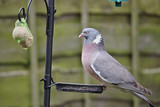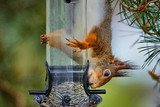Common British Seabirds: Identification and Facts
Common seabirds UK. Did you know that the British Isles is home to 25 species of seabird? Located along British and Irish coastlines, these birds by the sea come in all different shapes and sizes. In this British seabirds identification guide, we will go through the most common types of seaside birds in the UK, and when (and where) is the best time for you to spot them.
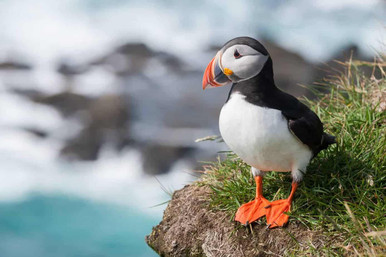
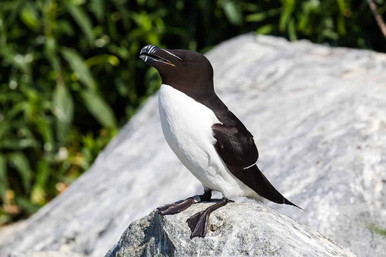
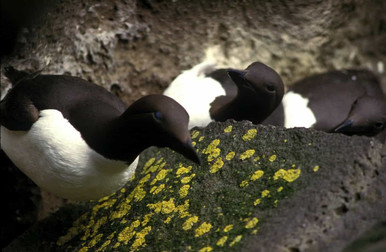
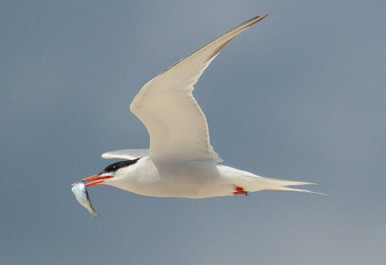
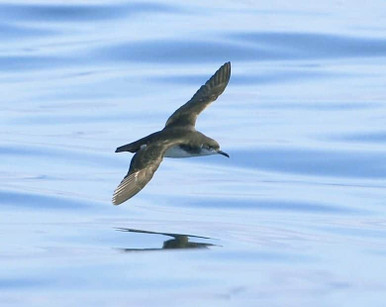
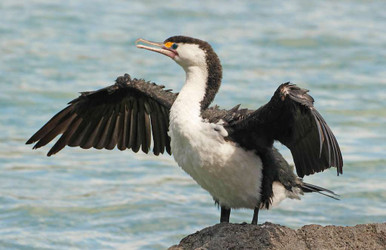
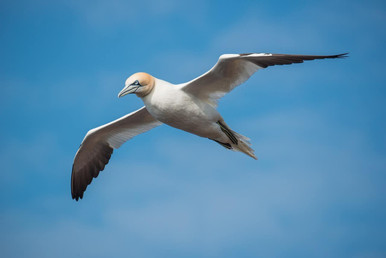
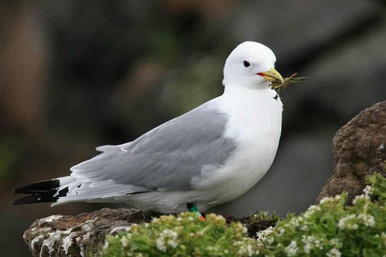
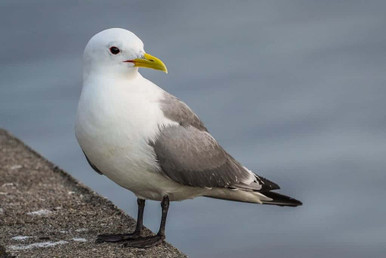

Puffin
Nicknamed as ‘sea parrots’, or even sometimes as ‘clowns of the sea’, puffins are small seabirds that measure around 25cm in length. A fun fact about the puffin is that their beak changes colour during the year. In winter, it will sport a dull grey beak, but this will soon brighten up into a bright orange colour as springtime arrives. Also, did you know that puffins are magnificent flyers and swimmers? They can flap their wings for up to 400 times a minute and dive down 60m underwater to catch their favourite fish.
Razorbill
The razorbill (scientific name: Alca Torda) is a medium-sized seabird that has a black head and white underparts. Like many other seabirds, the razorbill has an appetite for fish; especially sand eels, sprats and herrings. In terms of their breeding habits, female razorbills choose their mates, and they usually encourage competition between males. There are, however, several factors that threaten the existence of the razorbill. These include fishing nets, pollution, and predators such as ravens.
Guillemot
Often confused with a Razorbill, the Guillemot (also known as the common murre) is a dark brown and white seabird with a white ring around its eye and a stripe behind it. The Guillemot is one of the most numerous inhabitants of the UK’s great ‘seabird cities’. It comes to the land only for nesting purposes and spends the rest of its life at sea. It also has a huge total of 950,000 breeding pairs in the UK.
Common tern
Found in the majority of the UK, the common tern is a medium-sized seabird that can be identified by its silver-grey upperparts, white underparts, black cap and red bills. They also sport long tails that have given them the nickname ‘sea-swallow’. In terms of behaviour, the common tern is known to hover over the water before relentlessly diving in the water to catch its prey.
Manx shearwater
The Manx shearwater is a small shearwater that is characterised by its long slim wings, as well as its black upperparts and white underparts. It is commonly seen skimming along waters with its stiff wings or soaring below cliffs in the evening before returning back to land to feed their young. As a species, the Manx shearwater is known for being silent at sea but loud in the night time, with breeding colonies performing cackling calls.
Shag
The common shag is a goose-sized bird that has a dark long neck and a slim steep forehead. During the breeding season, adult shags develop a dark glossy green plumage and a crest on the front of their head. This type of seabird tends to nest on cliffs around our coasts, but are very rarely seen inland. A shag can typically be sighted on a rock or a bank with their wings proudly held out.
Northern Gannet
The Northern gannet is a large white seabird that measures 80 to 110 centimetres. They can be spotted with brown or black wingtips, a long blue-grey beak, and a black patch around their blue eyes. The Northern gannet is highly skilled at detecting prey, being able to spot their next munch when they are as high as 45m above sea level. When a prey has been spotted, this seabird does not hesitate to dive into the water at speeds of up to 100 km per hour.
Fulmar
The fulmar (scientific name: Fulmarus glacialis) is a grey and white gull-like seabird that is related to the albatrosses. Outside of their breeding months, fulmars live entirely out at sea. Like other UK seabirds, they are ocean divers when it comes to hunting. Flying about an average of 47 km per hour above waters, fulmars will plunge several metres to feast on their prey. Fun fact: a fulmar tends to protect their nests from intruders by giving out a foul-smelling oil.
Kittiwake
Last but not least, we have the kittiwakes. Kittiwakes are medium-sized gulls that have a small yellow bill, grey back and dark eyes. Unlike other gulls, the black-wing tips of a kittiwake show no signs of white when they are flying. Instead, their wings look like they have been ‘dipped in ink’ during flight. As a species, the kittiwake’s population is declining in some areas, and this may be due to the shortage of sand eels.
When and where could I spot these seabirds?
Seabirds can generally be spotted all year round, but there are certain times of the year where the presence of some species and individuals are predominantly higher than others. For example, it seems that June is the ideal time to spot the likes of puffins, shags, kittiwakes, terns, guillemots, razorbills and gulls. This is because most seabird chicks tend to feed around then. As their name suggests, you could spot these beautiful seabirds flying along some of Britain’s most scenic coastlines. If you want to see the likes of puffins and guillemots, then head over to the Farne Islands in Northumberland. On the look-out for some razorbills and kittiwakes? St Abb’s Head in Berwickshire is the place to be! In Northern Ireland and want to see the Manx shearwater and the common tern in action? Head on down to the Isle of Muck in Antrim. Wherever you go to spot these birds, make sure that you bring some suet for birds to treat their hungry appetites. Finally, if you do spot a seabird on your ventures, don’t forget to log in on our Birdspotter tool for others to see.
28th Oct 2019
Explore Popular Articles
-
8 Easy Ways to Attract Woodpeckers to Your Garden
8th Apr 2024Woodpeckers are among the most interesting birds known for their drumming sound and bright colours.
-
How to Protect Your Bird Feeders from Pigeons ?
28th Mar 2024You must have noticed damaged feeding ports, hanging mechanisms, perches, lids and bottoms. Who coul
-
5 Foolproof Ways to Rat-Proof Your Bird Feeder
18th Mar 2024Building a bird-friendly environment is a delightful endeavour, but it involves the responsibility o



